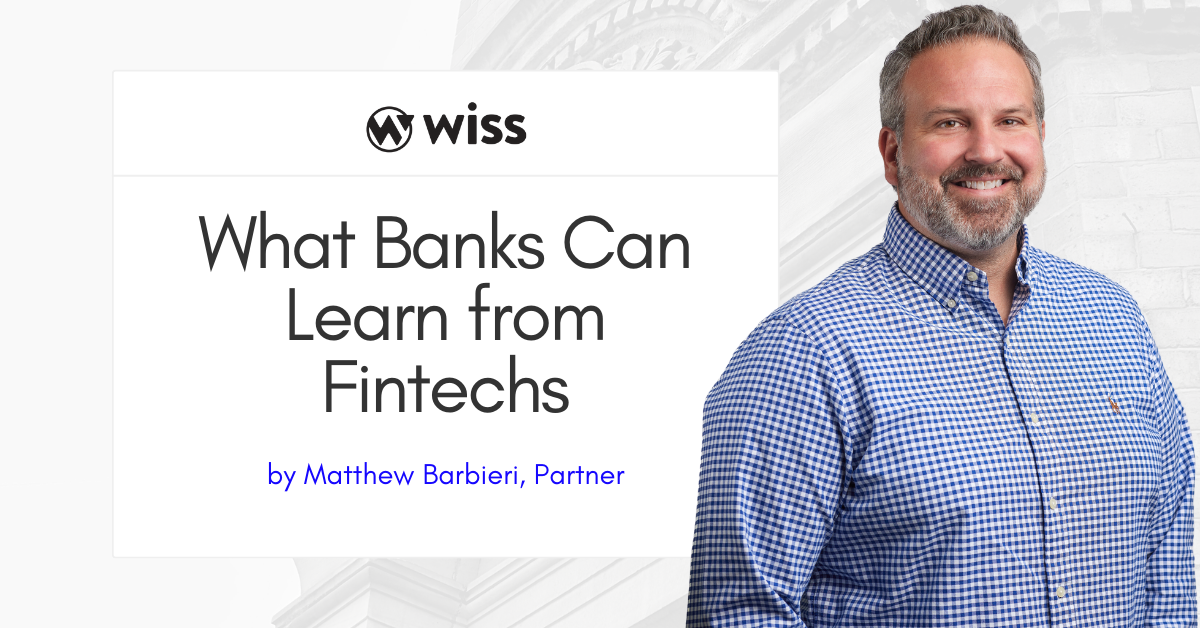You crafted a clear and thoughtful pitch deck, and investors are ready to climb aboard. But even when a venture capital (VC) firm or angel investor believes in your vision, they’re still taking a significant risk with their cash.
They’re going to want some special treatment and protections for bankrolling your C corporation at such a pivotal point in your journey. They’ll ask for (or you’ll offer) preferences.
Commonly, investor preferences come in the form of preferred stock, but there is a broad range of opportunities to develop a safety net for early investors’ money.
You already understand the basics of common vs. preferred stock. In this article, we dive deeper into how preferred stock negotiations change in later fundraising rounds and why owners are responsible for understanding their investors’ preferences.
Series A: Incentivize your key investors by sweetening the pot
Arguably your most zealous investors — those who support your vision in a Series A funding round — are taking a significant risk with their finances. They’re going to expect a sweetening of the pot.
Preferred stock is the most common preference for investors because it guarantees that when the company sells, they’ll receive their ROI at a predetermined rate before the rest of the cash is divided up amongst the remaining shareholders.
How this rate shakes out is up to you and your investor, but it’s not uncommon for Series A backers to ask for 1.5X or 2X on their initial investment.
The amount of preferred stock and the terms of your agreement will influence the value of assets owned by those who hold common shares. In addition, your best employees, who were enticed with stock options in their compensation packages and took a leap of faith joining your startup, will also be affected by these agreements.
It’s your responsibility as founder and leader to understand the terms of your preferred stock negotiations and the financial implications that these arrangements carry for your team.
Series B: Repeat the process (but you’ll need to raise the stakes)
When companies make it to Stage B, they’re going to start fielding a lot of questions about overhang.
It’s a logical point of contention. Investors know that those who contributed capital in Stage A will get first dibs upon exiting. So they need to understand how much the company’s valuation needs to grow for those who join later in the game to see an enticing ROI.
As is the case at any stage of funding, your investors will look to get the best deal possible and will ask for additional provisions in the negotiation stage.
Guaranteed dividends and interest rates are just two of the many contingencies that can be included in your terms of agreement.
Fundraising can be an exciting time. When VCs and angel investors believe in your business, you may feel relieved, grateful, and overjoyed. But as you ride the emotional wave, remember that these negotiations carry very real implications for the financial health of your business. Proceed with caution and confidence, and seek professional guidance if necessary.
This article is based on an episode of the WTFAQ Podcast.

 Previous
Previous




